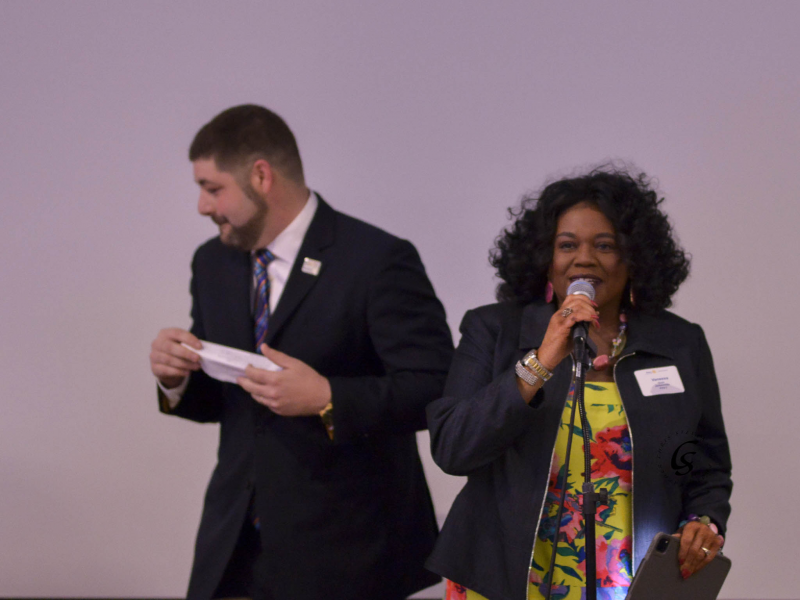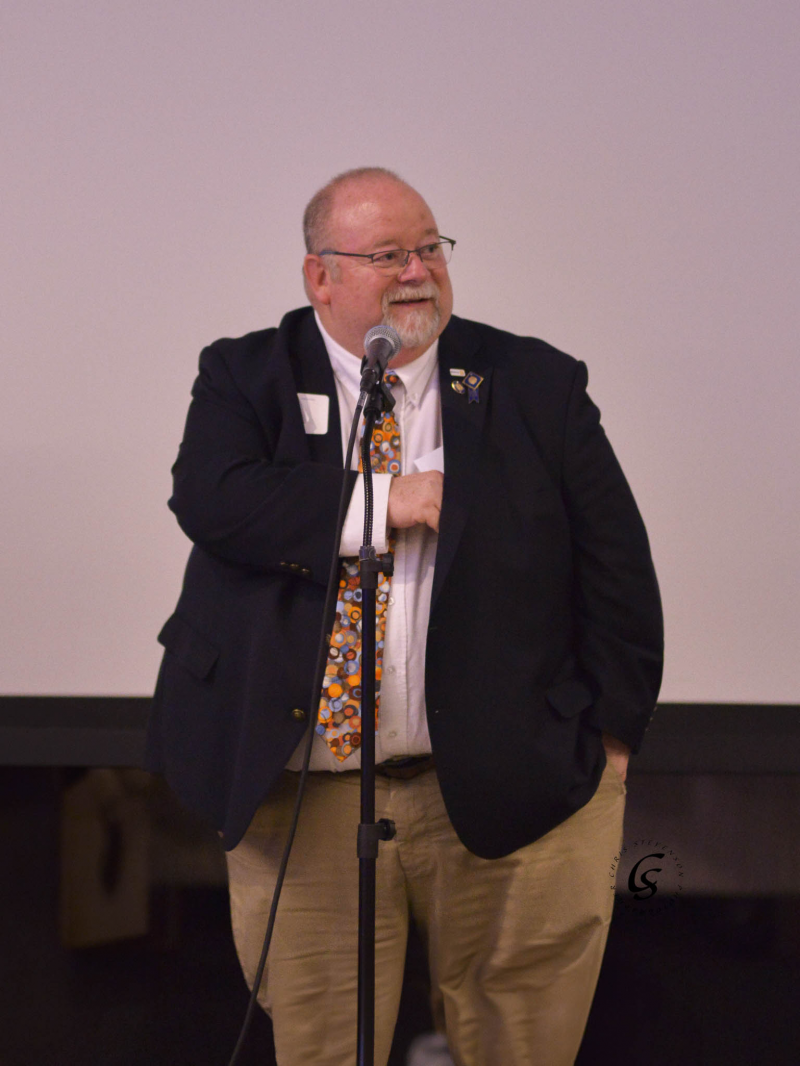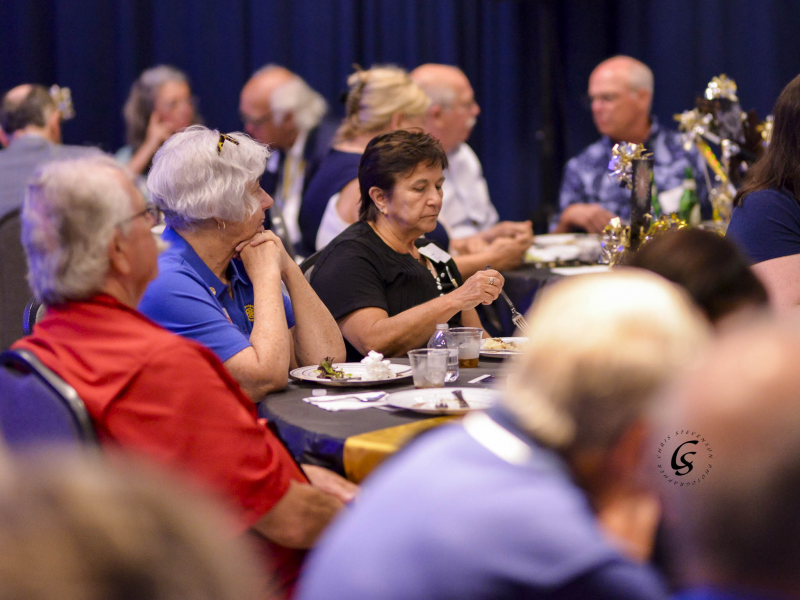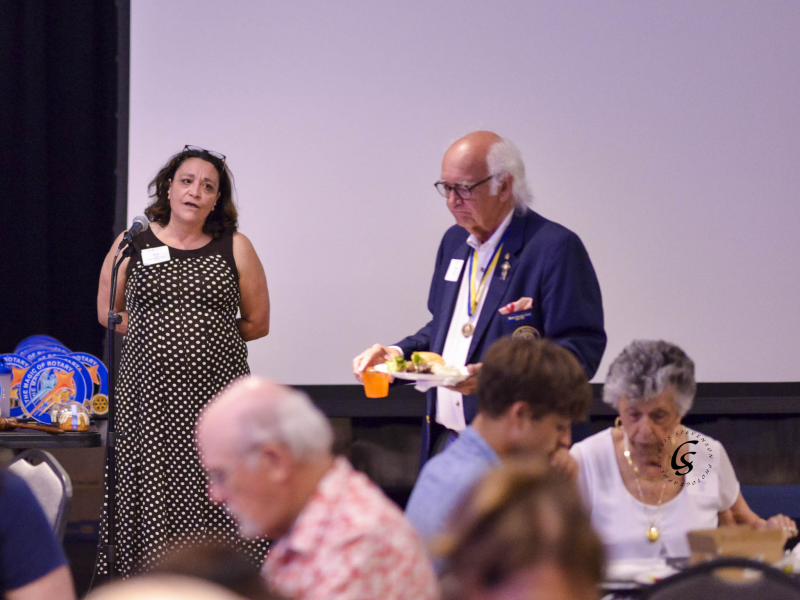Polio in the US:
Why Should We Care?

Like most people born since the 1960’s, I thought polio was gone. We don’t have polio in the US, so why worry about it? Does this sound familiar? People born in the 1960’s are the last to encounter the devastating impact of polio in the US. It was shocking to Pthat some polio “survivors” spent their lives in an iron lung. If you’ve never seen one of those contraptions, your mind can’t do it justice. I didn’t know what a “crawler” was until a Rotarian told their stories after returning from an immunization trip. Children in other countries that didn’t have the same access to medical treatments ended up with deformed and crippled legs and had to pull themselves across the ground to go anywhere.
Polio, or poliomyelitis, is a disabling and potentially deadly disease caused by poliovirus. This virus causes paralysis in different parts of the body. This is where wheelchairs, leg braces and iron lungs come into play. Not only can it be crippling, but it may also cause a person to be unable to breathe on their own. Polio outbreaks in the 1940’s and early 1950’s caused thousands of cases of paralysis, disability, and death. With the invention of the polio vaccine, polio was eradicated from the US in the 1990’s.
There is no cure for polio, but it can be prevented with safe and effective vaccination. The Inactivated Polio Vaccine (IPV) is the only polio vaccine that has been given in the United States since 2000. It is given by shot in the arm or leg, depending on the person’s age. The Oral Polio Vaccine (OPV) was used in the US previously and is still being used today in other countries. There are two main forms of polio – wild polio and vaccine-derived. The vaccine-derived polio results from iscan still cause an outbreak as unvaccinated people are exposed to someone infected. The chances are slim, but it does occur.
If you grew up in the U.S. in the 1970s or later, you probably got the polio vaccine. Since the vaccine was approved in the mid-1950s, polio vaccines have been part of routine childhood immunizations in the U.S. If you were vaccinated as a child, polio was probably one of the vaccines you received.
Did you know that there is not a federal mandate for polio vaccines in the US? To attend public schools and daycare, the polio vaccine is one of the required immunizations determined by state laws, but there are also exemptions. In today’s anti-vax climate, we will remain vulnerable in the US until Polio is eradicated. As of now, polio is only a plane ride away. Think about that …. Remember how quickly Covid spread?
America’s last outbreak of polio was in 1979. However, polio appeared in an unvaccinated person in New York in July 2022 who had travelled out of the country. He appeared to have been exposed during that time. In August 2022, the polio virus was discovered in New York City’s wastewater.
Because polio is highly contagious, even just one case could potentially cause an outbreak, especially among unvaccinated people. We don’t know how long protection from the polio vaccine lasts but evidence suggests that it offers protection for decades. There is no national vaccination database in the US, so you must research your own medical records since birth to find out if you received a polio vaccine.
Experts seem to agree – growing pockets of unvaccinated children are raising concerns that people may have forgotten or never knew the panic over this disease and how easily it could return.
Rotary was the first organization to push for a polio-free world and has stayed steadfast in fundraising, vaccinations, and advocacy efforts.
At the end of the 1980’s, more than 350,000 children were paralyzed by polio every year. Today, Rotary and its partners have reduced the incidence of polio by 99.9%. If all eradication efforts stopped today, within 10 years, polio could paralyze as many as 200,000 children each year. Until we see the last of the poliovirus, eradication efforts need additional funding to immunize more than 400 million children against polio each year, improve disease surveillance systems to improve detection, and hire more than 150,000 health workers to go door-to-door to find every child. The Bill & Melinda Gates Foundation matches every $1 Rotary commits to polio eradication 2-to-1, up to $50 million per year. With partners like them, how can Rotary fail?










